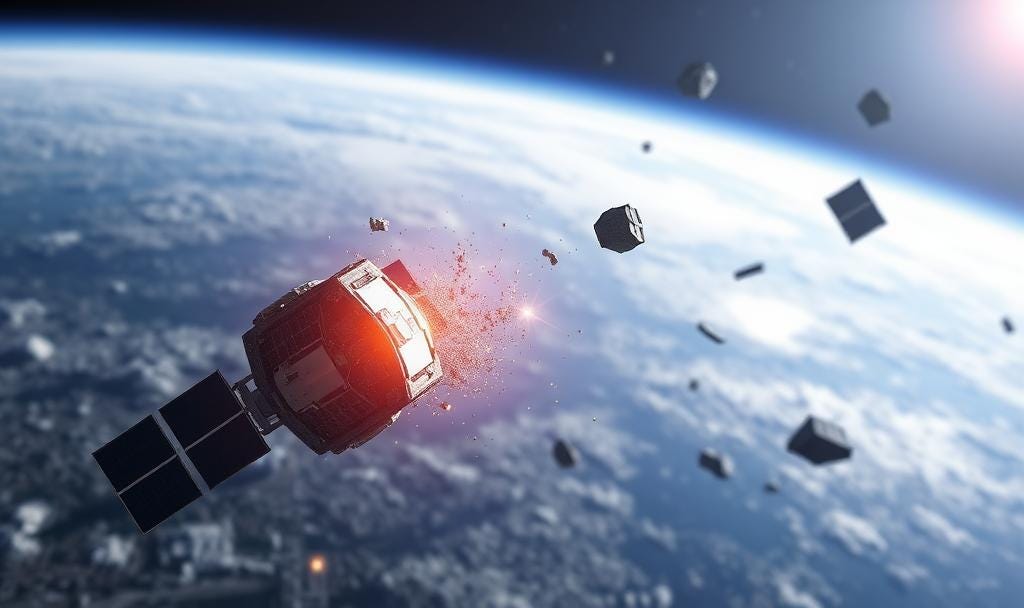The Space Triad Framework
Darren McKnight’s integrated model challenges conventional thinking by linking space security, safety, and sustainability into a unified operational strategy
The orbital debris crisis has reached a critical inflection point, with over 18,000 cataloged objects in low Earth orbit and an estimated 500,000 to 700,000 lethal non-trackable fragments threatening satellite operations. While traditional approaches have treated space security, space safety, and space susta…
Keep reading with a 7-day free trial
Subscribe to The Journal of Space Commerce to keep reading this post and get 7 days of free access to the full post archives.



